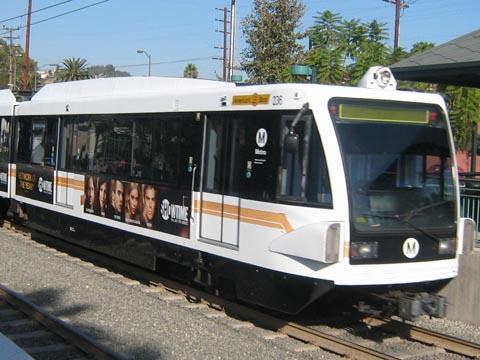
USA: Citing record fuel prices in mid-year as a key driver, the American Public Transportation Association reports that public transport ridership in 2008 reached its highest level since 1956, with more than 10·7 billion trips. And although job losses soared as the US economy fell into recession, patronage remained high.
Light rail ridership increased by an average of 8·3%, with some cities seeing jumps of more than 20%. Commuter rail trips rose by 4·7%, with the biggest increase of 35% recorded by the expanding Rail Runner Express in Albuquerque. Heavy metro ridership also increased by 3·5%, whereas Department of Transportation figures record a fall of 3·6% in car use during 2008.
Ironically, with demand running at its highest level for more than 50 years, operators as far apart as Pennsylvania and California are cutting their levels of service, particularly at off-peak times. Relatively low fares and poor cost recovery mean that operators lose money carrying more passengers, and cash-strapped authorities cannot afford the subsidy. While the Obama administration is providing extra funds for capital investment as part of its stimulus package, this does not extend to operating support.
A similar issue has emerged in California, where the high speed rail authority is hoping to attract stimulus funding to add to the bond issue approved by voters last year. But with the state government technically bankrupt and its investment budget frozen, Chsra Director Mehdi Morshed warned on March 5 that the project team had run out of money. As unpaid consultants began to stop work, he appealed for a $29m loan to cover expenses until June and keep the development process on track.

















